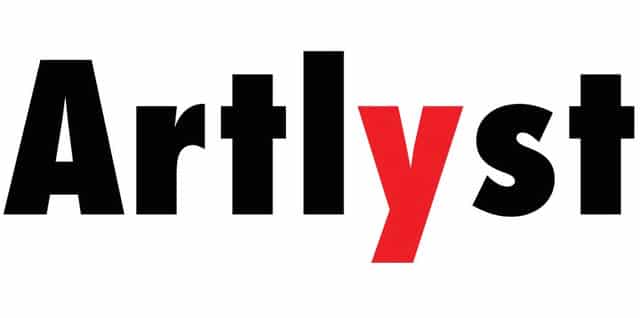Sir Peter Bazalgette today gave a speech about creative opportunities and challenges ahead of imminent cuts by the government, proposed in George Osborne’s speech last week. “We will share how we want to work with the sector to achieve our shared objectives, including supporting our funded National portfolio organisations in making the creative case for diversity real. We will also explain how we will use Strategic funding over 2015-18 alongside our investments in the National portfolio and Grants for the arts”; The Chair stated.
In a speech to the arts and culture sector Bazalgette, outlined a “fundamental shift” in the Arts Council’s approach to diversity. It placed responsibility on every organisation it funds to make their programme of work more reflective of the diverse communities they serve.
During the speech, which he describes as one of the most important he has given as Chair, Sir Peter Bazalgette he stated that the starting point must be the art itself: “Britain’s got many, many talents. And our work should reflect and engage with all our talent and communities. That’s how we will ensure work of true ambition and enduring quality.”
The speech marks the adoption of the Arts Council’s “Creative Case for Diversity” as a way of supporting organisations in ensuring their programmes respond to the opportunities afforded by the rich diversity of talent from this country and abroad. From April 2015 Organisations will be asked to shape their artistic programme to better reflect the communities they serve. It will also be a way of holding them to account. Their progress on delivering the Creative Case for Diversity will be monitored and will influence their future funding settlements from Arts Council England.
As well as responding to the Creative case for diversity, funded organisations will continue to be required to produce an equality action plan addressing areas such as recruitment and retention.
An Arts Council analysis of staff working at the National portfolio organisations from 2012/13 shows that overall representation from black and minority ethnic groups is currently 13%, beneath the national average of 15%. Government figures also show that the creative and cultural workforce more widely is less diverse now than in 2008-9, with workers defining themselves as white up from 92% to 93%.
Sir Peter will say: “Some National portfolio organisations and Major Partner Museums are making good progress – but diverse focused organisations have been shouldering this responsibility alone for too long, therefore: “from now on the responsibility for promoting diversity within the leadership, workforce, programming and audiences, must belong to all our funded arts organisations.”
He will go on to say: “For things to change, long term, they need to become more uncomfortable at the top. We have to open up access to power and to resources. Looking up, too many see the white cliff-face of the arts establishment and feel they just cannot climb it.
We can’t give people creative talent. But we can and must give those with talent creative opportunities. The arts are a mirror for society; and if we sort this, the arts won’t have to make the case for diversity. The arts will simply be the case.”
From 2015, this will mean that the Arts Council will:
• Monitor and support national portfolio organisations to ensure their programming reflects the diversity of contemporary England.
• Highlight the progress our funded organisations make with their programmes, their audiences, and their workforce.
• Use this data to inform the decisions we take on an organisation’s membership of the next National portfolio after 2018.
• Publish and comment on workforce diversity data for individual National portfolio organisations and Major partner museums.
Our investment in the national portfolio is complemented by two other streams – funding for grants for the arts (project funding) and our strategic funds. All of our Strategic Funds take equality and diversity into account in their design and will support this new approach. Examples include £25m for the Creative People and Places programme to deploy additional money to areas of low arts engagement and analysis of Grants for the Arts to encourage more diverse applications.
In addition, the Arts Council’s £6m diversity fund will address specific gaps, for example it will support Unlimited, celebrating the work of Deaf and disabled artists; a leadership programme and an ‘Agents for Change’ strand to help develop models of good practice, and a Creative Case Commissioning fund to invest in talent development outside the current portfolio.

